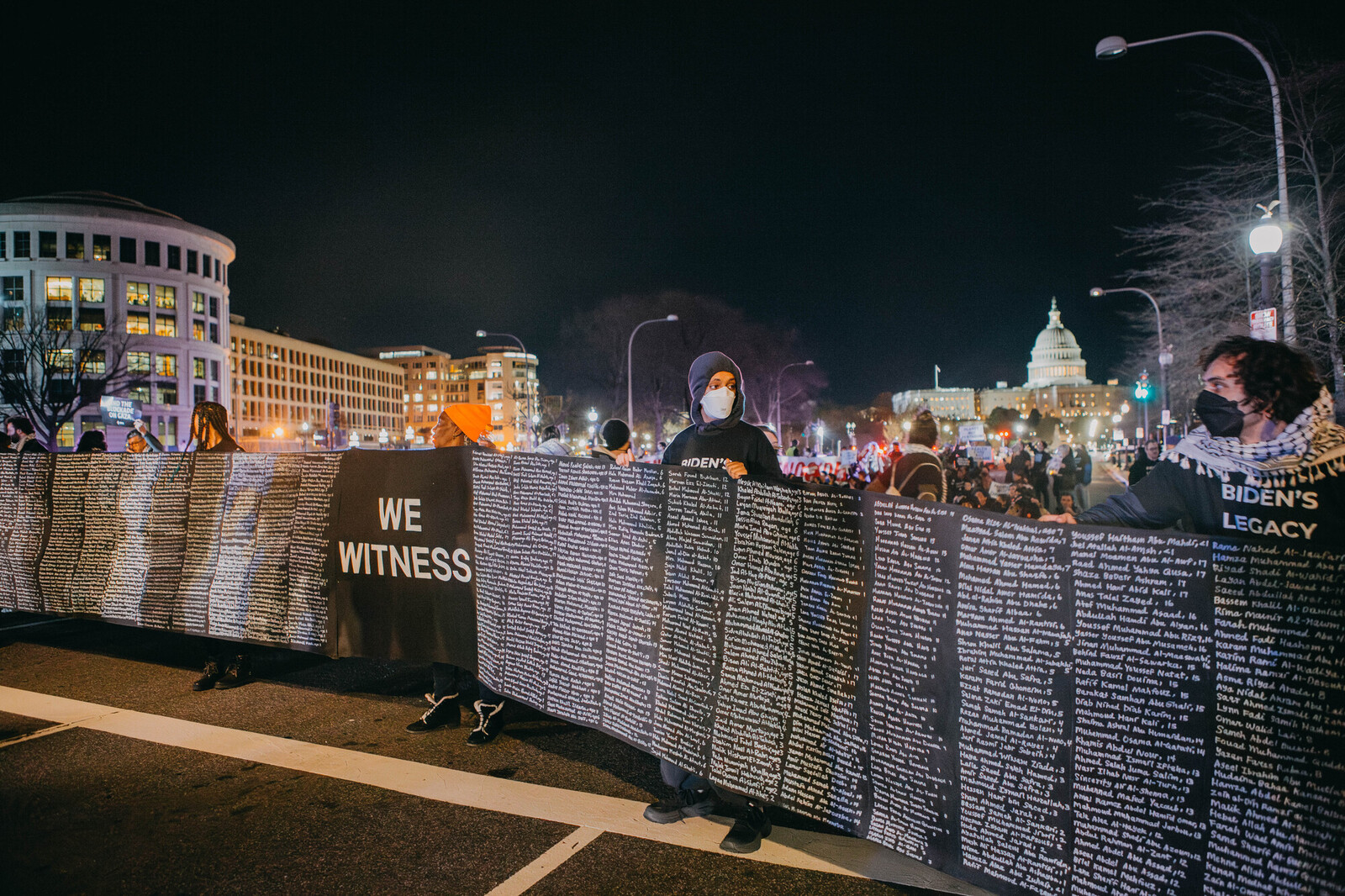After receiving the text for the ad quoted above, a representative from the advertising team suggested AFSC use the word “war” instead of “genocide” – a word with an entirely different meaning both colloquially and under international law. When AFSC rejected this approach, the New York Times Ad Acceptability Team sent an email that read in part: “Various international bodies, human rights organizations, and governments have differing views on the situation. In line with our commitment to factual accuracy and adherence to legal standards, we must ensure that all advertising content complies with these widely applied definitions.”



you two are in agreement on everything except for what constitutes “far right”
personally, i think any public traded or billionaire owned media outlet is intrinsically far right, but i can also understand drawing the distinctions along the lines of how things compare based on their reach. comparing NYT to bellingcat can’t be fair because NYT can reach more eyes.
so basically, the distinction between you two is not who’s wrong, it’s about how you categorize who’s wrong
The US definition of liberal doesn’t have much to do with actual freedom / liberalism, it’s mostly conservatives that want free trade